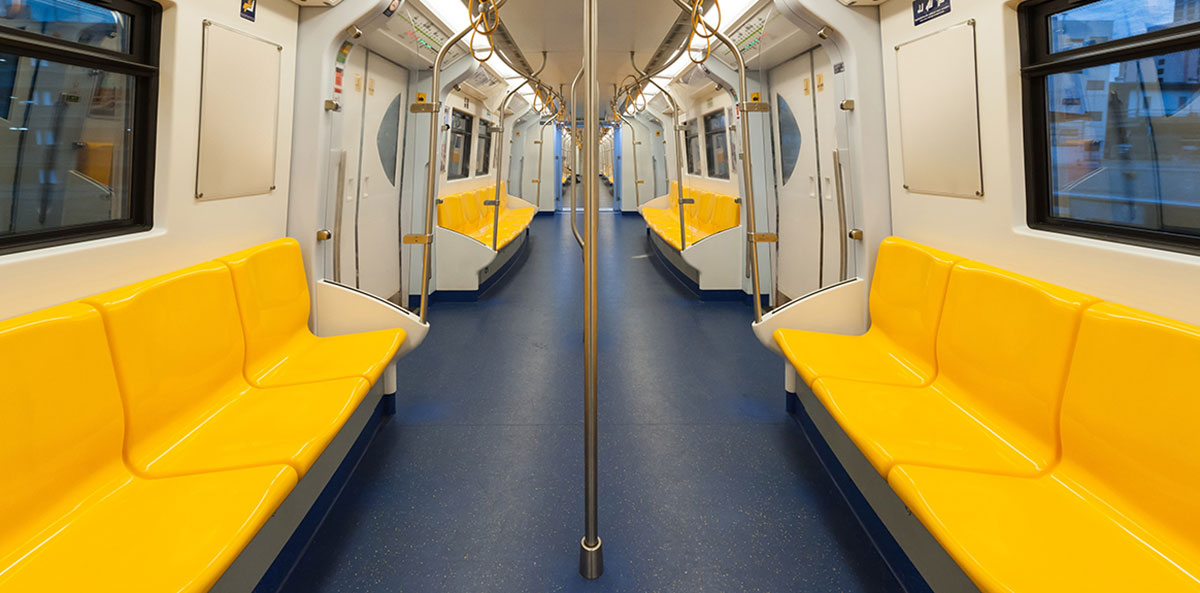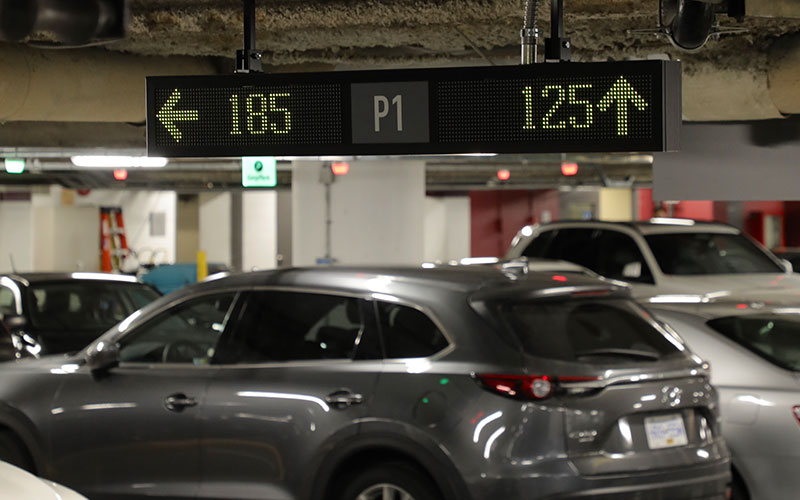We are a full service parking guidance systems company
real-time
information
Since 1999: 833 Parking Garages and 0 Major System Failures
Recovery from the COVID-19 pandemic is slowly and cautiously beginning to take place around the world.
TIS has parking guidance systems operating in hundreds of busy parking garages, managing hundreds-of-thousands of parking spaces. This presented us with a unique opportunity to collect valuable real-time and historical information across a large dataset to share with our customers, potential customers, urban planners, and others who work in the parking and mobility field.
We hope, you find the information presented here useful.

Parking Behavior is Changing
As the world resume economic and social activity from COVID-19, many people who worked from home continue to do so, but working from home isn’t practical for most people; they have to commute to a physical workplace. Most urban commuters used public transportation but COVID-19 caused ridership across the U.S. and Canada to drop 90% to 97% and workers are opting to drive their cars instead. This, of course, means finding a place to park in cities where finding parking is a challenge. As people return to work, shop, and attend to other business, more strain will be placed on existing parking.
After gathering historical data from our sites, we began tracking peak-time activity at 483 busy urban parking garages with a total of 542,311 parking spaces to see if we could identify any new trends.
Types of Parking Garages
- 67% Retail Locations. Big box stores, urban malls, and entertainment complexes.
- 28% Commercial Office Towers. High-rise office buildings with mixed retail and commercial venues at ground and below-ground level. Several also serve as transportation hubs at ground or below ground level.
- 5% Urban Hospitals.
- 5% Hotels.
Trends
- We see a spike in short-term parking sessions of 1 to 4-hours across all garages. This trend continues to increase almost daily.
- More people than ever are parking short term, 1-4-hours, at commercial/mixed-retail garages.
- There has been no return of monthly permit holders. We speculate that part of the rise in short-term parking at commercial garages might be permit holders coming to work on a modified schedule.
- Short term parking continues throughout the business day, effectively extending the peak.
Parking garages and surface lots in North American metro areas are going to get busier.
The volume of cars, the shorter duration of stay, and the increased duration of steady activity across all garages is certainly new behavior.
Before the COVID crisis, a common method of handling peak-time surge was to close the garage when it neared about 90% capacity and leave it closed for a few hours until the rush is well past. Because we’re seeing steady activity in the garages extend beyond pre-COVID peak-times, we think closing the garage would be a financial and traffic-management mistake. We see another trend that could make closing the garage an even bigger mistake.
About 1 hour after the first arrival of the day, parking spaces across all garages begin to turn over very rapidly.
For Every 1,000 parking spaces:
- An average of 12 cars per minute leave their parking space and drive to the exit.
- It takes an average of 3 minutes for each vehicle to reach the exit gate, pay, and exit the garage.
- Meaning there are 36 more cars on the way to the exit.
- Meaning 108 minutes in lost revenue every 3 minutes if the garage is closed.
If the parking operator closed this garage when it neared 90% capacity and left it closed for 2 or 3 hours the potential in lost or unrealized revenue is staggering.
Our customers will be able to handle a surge without having to close their facility.

The Solution
- Make it easy for commuters to find parking by adding an LED Entrance Sign and an Parking Guidance System (PGS) to your garage.
- The LED entrance sign is placed where it is visible to drivers searching for a parking space and connected to the Parking Guidance System inside the garage.
- When cars arrive in or depart their parking space, the LED signs update indicating the number of available spaces, even if departing vehicles haven’t reached the gate.
- Arriving drivers only have to follow the PGS to the first available space.
- The garage never has to close and can always maximize inventory.
- Even in a modestly busy parking garage, an APGS will begin to pay for itself from the day it’s put into service and will continue to provide service for many years to come.


